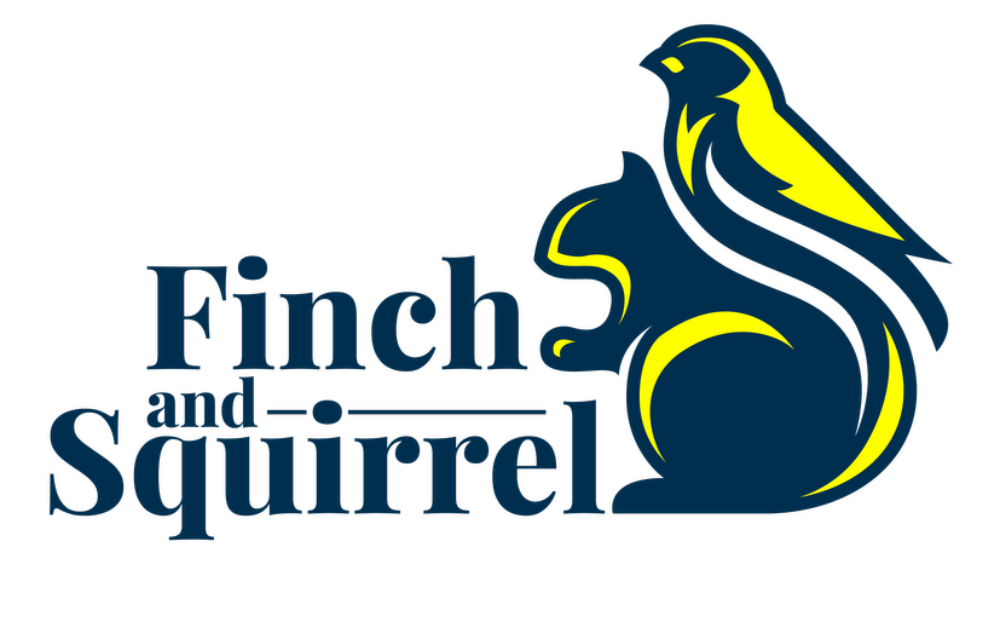How Much Does Age Matter When Writing Your Picture Book?
Jul 29, 2025
One of my clients recently put her picture book manuscript out for beta reader review. A couple of readers suggested revising her target audience slightly upward, from 3 to 8 to 4 to 9. Her question: Does it matter?
Of course, picture book authors need to know their audience the same as all other writers, but how precise do you really need to be when it comes to age?
The short answer is that age matters, but not in a rigid way.
Picture books appeal to a broad range of children. A book that delights a toddler might bore a kindergartener. And a book written for an early elementary reader could sail right over a preschooler’s head. So although it's important to have a sense of your target age, my own opinion is that you don’t need to be precise.
Instead, I like to think developmentally. What can a child that age do, feel, and understand?
For instance:
-
Books for ages 2–3 often rely on rhythm, repetition, and visual storytelling. Think simple concepts, familiar settings, and minimal text.
-
Books for ages 4–6 can explore more complex emotions and story arcs, with dialogue and a clear beginning, middle, and end.
-
Books for ages 6–8 may feature more nuanced humor or subtle themes, even if the book is still being read aloud by an adult.
Kids in the youngest age range might not fully understand all the concepts and words in a story, but that doesn't mean they won't love the book. Picture books are a shared experience, and that's at least as important as the story. Little kids will be drawn in by the illustrations, giving them and the reader plenty to talk about as they turn the pages.
Consider, too, developmental differences among individual children: Some preschoolers will already be reading simple words. Older children still love to examine the illustrations, even if they've heard the story a hundred times.
I've noticed that my own granddaughters enjoyed "reading" the book after hearing it multiple times. Even before they learned to read, they would recite from memory or pick out words they knew. When they were old enough to practice reading, sometimes we'd take turns reading the pages.
As they get older, children take up books more independently, but they still return to their familiar favorites as they transition into early readers and chapter books. My seven-year-old granddaughter reads at the fourth grade level but still pulls out her favorite picture books for story time.
Remember, too, that your audience is actually twofold—the child and the grown-up who buys and reads the book for the child. Ideally, your book should speak to both.
So how precise do you need to be? Precise enough to meet the developmental needs of your ideal reader—but not so precise that it boxes you in. Consider the "rules" around age ranges for picture books as guidelines, especially when writing to word count. The younger the child, the shorter the word count, up to a maximum of about 800 words for picture books meant for older children.
Your own approach to this question depends on the type of book you're writing and whether you have a specific reason for focusing on a particular age. For example, if you write early readers, you will need to use language appropriate to the grade level. If your story is character- or plot-driven, however, as mine are, write the story first, and respect your unique creative process as you do. Get it down on paper, check the word count, and go back to edit for clarity and simplicity. Tell your story your way. A beautifully told story that connects emotionally will always find its audience, just as my client's will.
